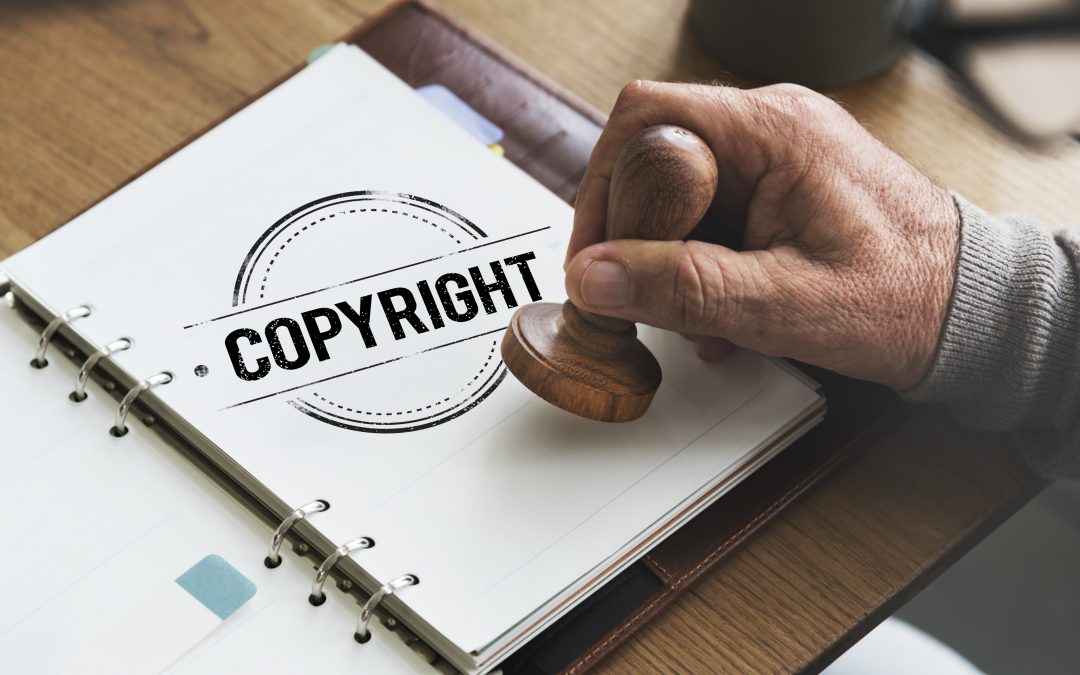
Filing an Initial Application in Trademark Electronic Application System (TEAS) to Register your Brand as a Trademark with the USPTO
The Trademark Electronic Application System (TEAS) is an online system for filing trademark applications with the United States Patent and Trademark Office (USPTO). If you would like to register your brand as a trademark with the USPTO, you will need to file an initial application. The process is fairly simple, but there are a few key things to keep in mind. That’s where Initiating Protection comes in. We’re here to assist you in protecting your brand.
Which Application to file
First, you will need to choose the appropriate application form. There is one initial application but there are two filing options: the TEAS Standard application and the TEAS Plus application. The only other major difference is that the TEAS Plus requires more information upfront and has a lower fee. With the TEAS Standard application, you can provide some of the required information later.
The Standard Application is the most common type of application filed in TEAS. It requires less information upfront. However, all requirements must be met eventually and a higher filing fee is charged.
The TEAS Plus Application is available for applicants but requires more information up-front when you submit your initial application. As a result, you pay a lower fee per class for goods/services.
What You Need to Include in Your Application
Regardless of which application form you choose, there is some basic information that you will need to include in your initial application.
This includes:
- The name of the applicant
- The citizenship of the applicant
- The application filing basis
- A specimen of the mark
- The list of goods and services
- The classification of the goods and services
If you are using the TEAS Standard application form, you will also need to include:
- An email address for correspondence with the USPTO
- A statement of use or intention to use the mark in commerce
- An acceptable specimen of the mark used in commerce
- The date of first use of the mark anywhere
- The date of first use of the mark in commerce
Here are some tips for filing an Initial Application in TEAS:
- Research your brand – On the form, you will be required to state that to the best of your knowledge, no one else has a right to use the brand.
- The application process takes several months, know your risk.
- Make sure you understand the requirements for each application type before you begin.
- Gather all of the required information and documents before you start your application.
- Carefully review your application for accuracy.
- Using an attorney can protect you from future liability.
By following these tips, you can help ensure that your Initial Application in Trademark Electronic Application System (TEAS) is filed correctly and efficiently.
Things to keep in mind
Companies use several brands. Not all of these need to be registered. You should consider whether you will be using this particular brand in the exact format for many years.
An important thing to remember is that you can always narrow your rights over time but you can not expand them. An example would be using a specific font for your registration. You may not change that at a later date.
Always consider your brand protection strategy, along with what goods and services will be included.
Conclusion
Initiating Protection is here to help you file your application and protect your brand. We have helped thousands of clients. We have the experience and the knowledge needed.
You can also find more general information about trademarks and trademark registration on our website at https://initiatingprotection.com/.
If you have any questions or would like assistance in filing your initial application, please contact us at 678-210-6819. We are always happy to help.




